
Do you have a question about the Mitsubishi TEJ50AE and is the answer not in the manual?
| Model | TEJ50AE |
|---|---|
| Category | Refrigerator |
| Type | Top Freezer |
| Energy Efficiency Class | A+ |
| Number of Doors | 2 |
| Voltage | 220-240V |
| Frequency | 50 Hz |
| Defrost System | Automatic |
| Shelves Material | Glass |
Details the standard system for single compartment refrigeration.
Details the 2-evaporator system with heat pump refrigerant cycle.
Unit automatically switches to high-efficiency operation after reaching set temperature.
Allows switching between automatic start/stop and continuous operation.
Protects evaporator from frost and maintains refrigerating power.
Enables setting of automatic start and stop times for operation.
Diagram showing main parts arrangement for TEJ50AE model.
Diagram showing main parts arrangement for TEJ50AEM model.
Detailed views of TEJ50AE unit with component labels for top, front, and back.
Detailed views of TEJ50AEM unit with component labels for top, front, and back.
Diagram and labels for the rear evaporator unit of the 2-compartment model.
Description of cabin controller buttons, LCD, and functions.
Explanation of LCD items for single/dual compartment models and display symbols.
Details on safety devices like panel, fan guard, and high pressure switch.
Explains danger, warning, and caution symbols in manual and on labels.
Safety guidelines for high-voltage parts, risks, and necessary precautions.
Covers engine operation, ventilation, refrigerant handling, and general safe practices.
Cautions for touching hot parts, operating during flooding, and cargo handling.
Safety warnings and procedures for maintenance tasks to prevent injury.
Warnings for loading hazardous cargo and safe handling procedures.
Precautions for using electrical components and power cords safely.
Warning against unauthorized unit movement and need for dealer consultation.
Warning against unauthorized modification or specification changes.
Safety requirements for grounding and electrical construction of power supply.
First aid for refrigerant contact with eyes, skin, or inhalation/ingestion.
First aid for compressor oil contact with eyes, skin, or inhalation/ingestion.
Guidelines for understanding, maintaining, and replacing unit warning labels.
Safety measure using a 'WORKING' tag to prevent accidental operation start.
Recommendations for wearing protective gear to prevent injury during operation.
Guidance on responding to abnormal conditions, referring to emergency procedures.
Contacting agencies and dealers for serious accidents or damages.
Explains navigation and use of main menu screens for various settings.
Details on navigating and using sub-menu screens for advanced settings.
Step-by-step guide to set current date, month, year, and time.
How to view total operation time and time for parts replacement.
Procedure to set or disable defrost interval, from 0.5 to 12 hours.
Guide to adjust LCD backlight brightness and behavior.
Choosing between Start-Stop and Continuous operation modes.
Steps to turn the unit ON and what the LCD displays.
Procedures for normal shutdown and emergency stop.
How to put individual compartments into sleep mode on a 2-compartment model.
Guide to adjust the target temperature for cooling.
How to set and register preferred temperature settings for quick selection.
Instructions for initiating and ending manual defrost cycles.
Procedure to set the date and time for automatic operation start.
Procedure to set the date and time for automatic operation stop.
Steps for preparing the container and unit before loading.
Procedures for loading cargo, ensuring air circulation space.
Procedure for unloading, noting frost and quick handling.
Safety warnings and precautions before performing inspections.
Instructions for daily checks, focusing on the condenser coil.
Information on periodic inspections by dealers and their types.
Details on the type of refrigerant and lubricating oil used.
Specifies the climate class the refrigeration unit is designed for.
Advice on preventing ice buildup by periodic operation.
Recommendation for periodic operation during long downtimes.
How to interpret abnormal displays and alarm codes on the LCD.
Instructions for switching between normal and alarm display modes.
General advice to follow instructions and contact dealer for troubleshooting.
Information to provide to the dealer when reporting a trouble.
Steps to restart the unit after an emergency stop procedure.
Table of alarm codes, causes, and suggested countermeasures.
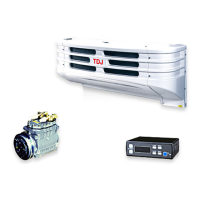

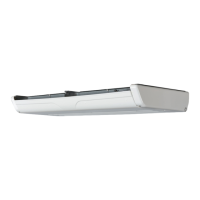
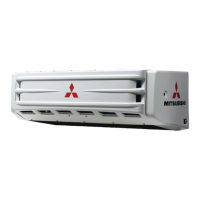
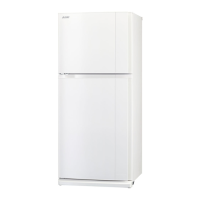

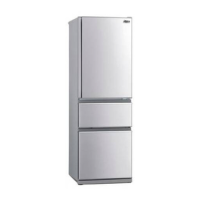
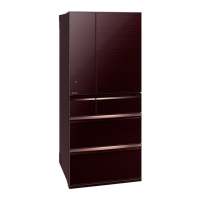
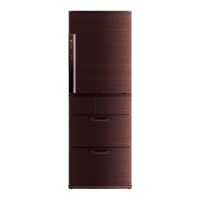


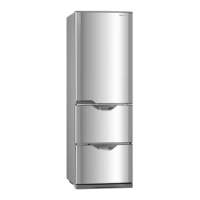
